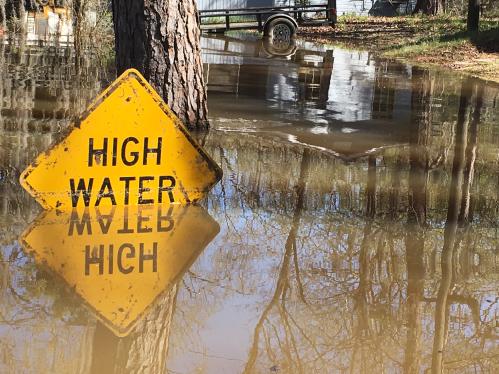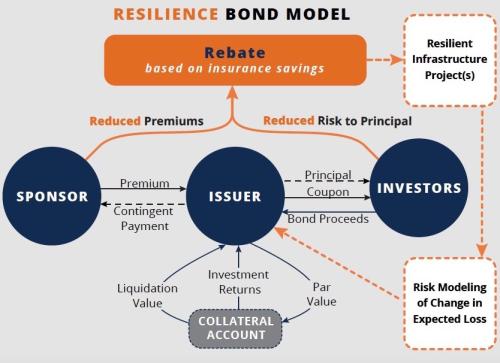Calls for new infrastructure investment typically focus on bridges and potholes. Rarely do politicians pay attention to water infrastructure, despite the clear economic benefits of doing so. Only when situations reach crisis proportions, like in Flint, MI, does the history of deferred water investment make headlines.
Flint is not a rarity, of course, as many cities across the country face the overwhelming need to overhaul their water and sewer systems. It is not just larger, more populated cities either. More often than not, small cities are in an especially precarious financial and economic position, lacking the significant design and engineering resources needed to drive new upgrades. Identifying new integrated approaches to tackle these water challenges is crucial in these smaller cities, where physical improvements can go hand in hand with other urgent community priorities, like economic development goals.
There are very real barriers that exist for all cities looking to implement systematic infrastructure upgrades, including the gap in predevelopment capacity and resources, challenges in public procurement, competing city priorities, the understandable risk-aversion of government officials and engineers, and of course, lack of construction funding. Smaller cities have an added barrier to this already onerous list: simply because of their size, these cities are often stuck with ill-fitting legacy systems from industrial or agricultural pasts that are poorly suited to their current populations and needs.
This dilemma is particularly evident in the eight hundred communities across the country that have combined water and sanitary sewers, which can struggle to efficiently transport household, commercial, and industrial wastewater alongside stormwater. As a result, they can overflow during periods of heavy rain or snowmelt, carrying untreated sewage and water into local and regional waterways. These combined sewer overflows (CSOs) have severe health and environmental impacts. Federal and state mandates to dramatically reduce CSOs have hit many small communities and utilities especially hard, where water system retrofits are expected to take decades and cost billions of dollars.
In order to deal with these legacy assets, smaller cities are faced with the tough and expensive choice between designing entirely new systems and making incremental fixes to existing systems. The result is taxpayer dollars spent on temporary solutions and partial system upgrades designed for yesterday’s (or more accurately, last century’s) challenges.
However, one way for smaller cities to spur near-term action and innovation to solve seemingly intractable water infrastructure challenges like CSOs is to pursue integrated projects that address multiple community problems in one cohesive design. For example, rather than addressing one issue in isolation, these projects can include wastewater improvements alongside other energy and technological upgrades to drive a variety of short-term and long-term benefits. Although integrated planning might at first appear more complex than conventional project design and finance, pursuing cross-sector infrastructure projects can help unlock new resources and build broader support for projects that would never move forward otherwise.
The City of Gloucester, New Jersey, exemplifies how these types of innovations can move forward with dedicated predevelopment support and an integrated design approach. As a historic, industrial port city, Gloucester was hit hard by manufacturing job losses in the 1980s and has suffered from chronically low economic growth and high unemployment ever since. At the same time, the city frequently experiences flooding severe enough to float manhole covers down one of its main streets. This flooding affects nearly all residents and local businesses and is a major constraint on new local development.
Through a collaborative program called Build It Green, though, Gloucester has focused on tackling its intertwined economic development and stormwater management challenges in an integrated fashion, including a coordinated design, finance, and implementation strategy. By combining new flood protection measures with green infrastructure to reduce flooding, for the first time in decades, the City has the opportunity to make progress on both problems and unlock funding for economic redevelopment.
Taking an integrated approach to major infrastructure challenges offers all cities and utilities a new pathway to tackle high-priority projects while simultaneously leveraging resources and support for large-scale system change. This is especially important for cash-strapped small cities that don’t have access to the funding options or technical capacity more frequently available in larger cities. After decades of incremental fixes and ad hoc investments in aging and failing infrastructure systems, the best target for big federal infrastructure dollars might be small cities like Gloucester, where a little money can go a long way to erasing a legacy of crumbling infrastructure and unemployment.







Commentary
Fixing sewers and local economies: an integrated approach to address water infrastructure concerns in smaller cities
April 4, 2017